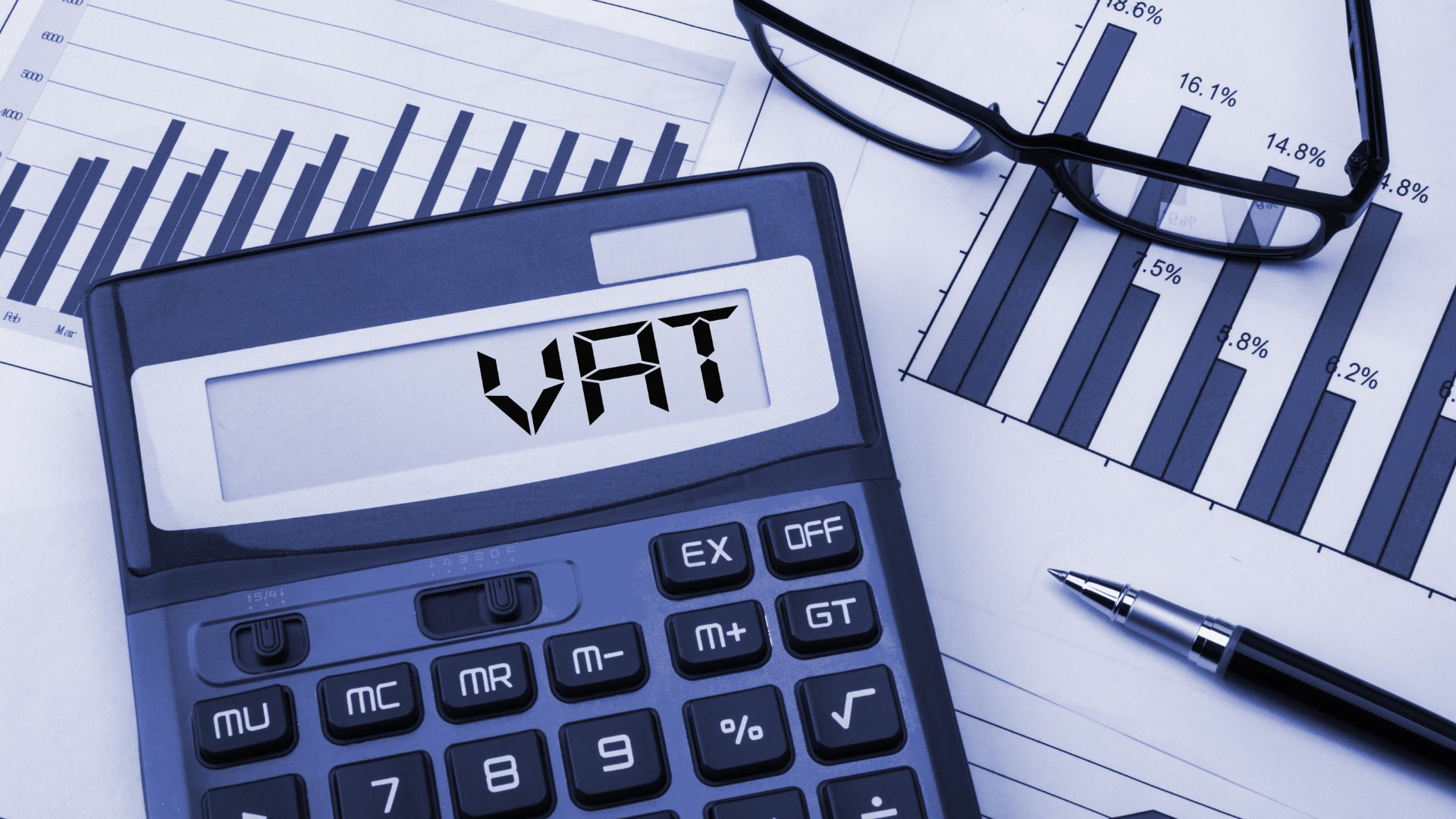Value Added tax (VAT), a form of tax, is a crucial aspect of any financial transaction for UK-based businesses. Businesses that have registered with HMRC for VAT have to understand the process of submitting a VAT Return. In this detailed guide, we will unravel the intricacies of VAT returns. We will provide important information about how to file them and ensure that companies can navigate this financial landscape with confidence.

What is VAT? and what is the significance of it to you?
VAT, also known as Value Added Tax is a form of consumption tax which is charged on the sales of goods and services. If your company is registered for VAT which means you need to account for VAT when you sell your products or services. You’ll have to collect VAT from your clients and pay it back HMRC, then provide them with an invoice or receipt which details the VAT amount that was included in the transaction. You’ll also get an invoice with VAT when you purchase a product. This will show the amount of VAT that was included in your transaction. Making sure you keep precise documents of these transactions are crucial for reclaiming VAT from HMRC.
The Essentials of VAT Returns
Filing VAT returns on time by submitting VAT returns to HMRC is one of the most fundamental obligations that companies that are VAT registered have to meet. The VAT return is a summary of the transactions and purchases of an organization during a certain period. It’s essentially a method businesses report the amount of VAT they have collected from customers and paid for the purchases they made. This usually happens on a quarterly basis. For more information, click UK VAT Returns
How to prepare a VAT return: A Step-by-Step guide
1. Understanding the VAT Period is crucial prior to beginning the process of filing. Companies in the UK generally file VAT returns each three months. Be sure to have a clear understanding of the start and end dates for the VAT period.
2. Collect Purchase and Sales Data Take note of all pertinent information regarding your purchases and sales throughout the VAT timeframe. This includes sales invoices sent to customers and purchase invoices from suppliers, as well as any other financial records that are relevant.
3. Calculate Output Tax: Output tax is the VAT you’ve charged your clients on sales. Calculate the total tax you owe by adding the VAT on all sales made during the VAT timeframe.
4. Calculate Input Tax. Input tax is equal to VAT you have paid on all of your purchases. Add the VAT you paid on all of your purchases to determine the total tax you have to pay on your inputs.
5. Complete the HMRC’s VAT Return Form. With the information collected from the previous steps, fill out the form for VAT returns from HMRC. This form is divided into sections that show the total value of your sales and purchases, in addition to output tax and input tax.
6. HMRC is expected to be able to process your VAT return within the deadline. HMRC’s Making Tax Digital service allows you to submit your VAT tax return online. This is a convenient way to meet your tax obligations for VAT.
Common mistakes to avoid
To avoid penalties, it is recommended that you not make your VAT returns late after the deadline. Your business could suffer costs when you file your return late.
Incorrect Information: Double-check the data in your VAT return to ensure accuracy. Errors in calculation or inaccurate figures may lead to discrepancies, and may cause problems with HMRC.
Businesses are entitled to claim the VAT they have paid on certain purchases. Be aware of the input tax you can claim. This could have a significant impact on your tax liability.
The article’s conclusion is:
The management of finances in the UK is not adequate without a deep knowledge of the VAT system. Knowing the steps to submit a VAT return, the intricacies of VAT returns, and utilizing a comprehensive VAT return guide are essential to ensure financial compliance as well as ensuring the smooth operation of your company.
Businesses must be able to approach VAT returns with precision and diligence. Learning the procedure while avoiding blunders and making the most of the available resources can assist businesses in reducing their VAT requirements. This can contribute to financial stability and regulatory compliance. If you’re a veteran business owner or a newcomer to the VAT world being informed and proactive regarding VAT returns will guarantee an enduring financial foundation for your company.